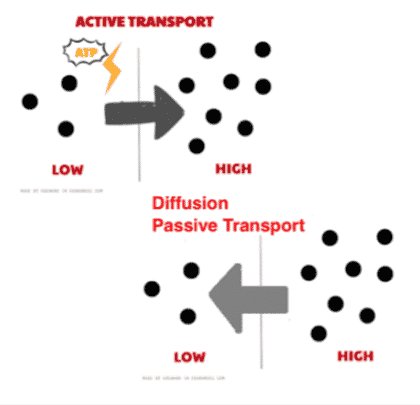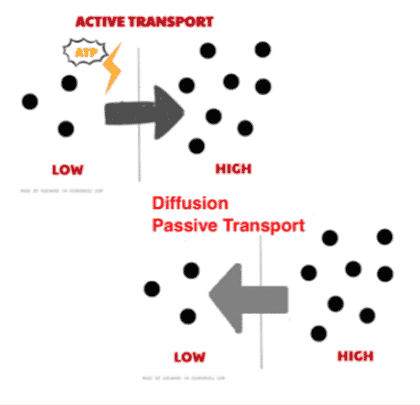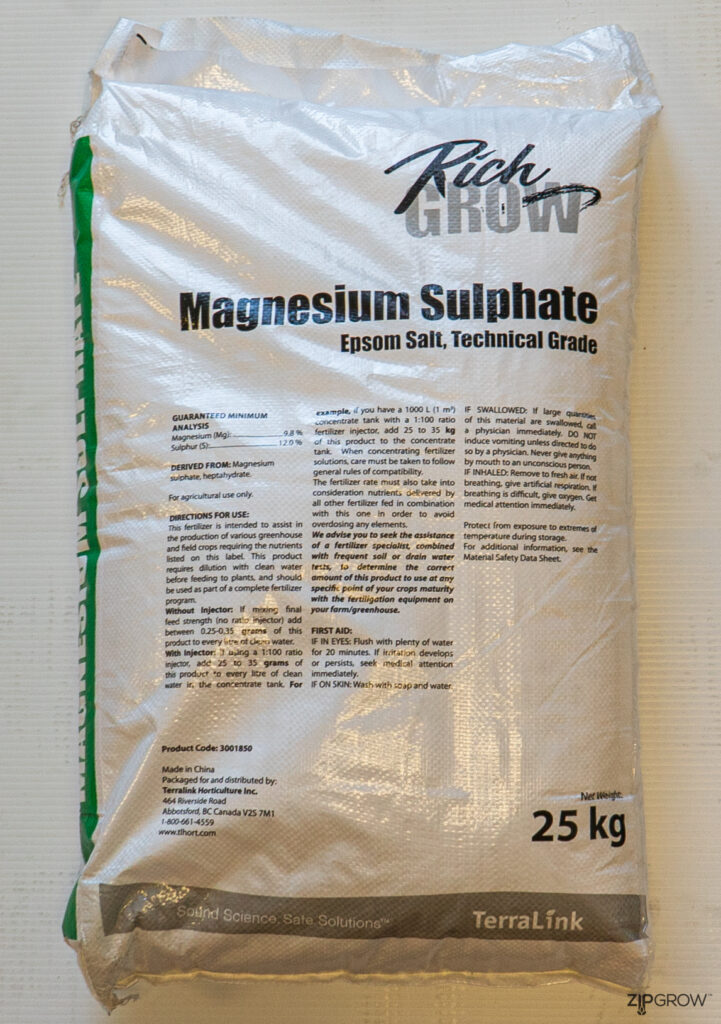Dry nutrients are salt based. In chemical terms a salt is an assembly of ions with a net neutral charge. All ions have a charge by virtue of their electrons and protons not being in perfect equilibrium. Negative ions are called anions and have one or more extra electrons, whereas positive ions are called cations and have lost one or more electrons. So, then, salts are a grouping of cations and anions held together by their complementary charges which balance each other out resulting in a neutral charge.
But hold on a moment. While these salts don’t possess a charge over all their component parts are still charged. Depending on the geometry of the various ions the salt is said to be either polar or nonpolar. Polarity simply means that the molecule has a positive side and a negative side (technically polarity also requires asymmetry so that the positive and negative areas don’t cancel out one another).
Water is a perfect example of a polar molecule. In fact, the polarity of water is what makes it such a good solvent. When salt is added to water it dissolves because the water molecules arrange themselves around the different ions and isolate them.

Let’s take NaCl, common table salt, as an example. Na (sodium) is a positively charged ion (a cation) and Cl (chlorine) is negatively charged (an anion). When added to water the Na+ ion is surrounded by the negative pole (O-) and the Cl- ion is surrounded by the positive pole (H2+) thus effectively breaking the ionic bond that holds NaCl together when not in solution.
So what does all this have to do with nutrient uptake?
Solutes will naturally move from areas of high concentration to areas of low concentration through a process called diffusion. When diffusion occurs through a semipermeable membrane (like a cell wall) it’s called osmosis. This method of nutrient uptake doesn’t take energy on the part of the plant because it moves nutrients down the concentration gradient; this is known as passive transport.
Cell walls are pretty complex structures; there are several different means of passive transport that move solutes with the concentration gradient. But what about when the roots need to uptake nutrients against this gradient?
Since this will involve moving solutes through the membrane in the opposite direction it’s going to require energy expenditure from the plant (and thus is termed active transport). This is where all that talk of ions, above, comes into play. We already know that solutions will naturally diffuse and equalize their concentrations where possible, but the other part of this picture is the electrical potential gradient.

Electric potential gradient is simply the net difference in charge across the cell membrane (ie. inside vs outside the cell). It functions similarly to the concentration gradient with positive and negative charges striving to equalize themselves. Ions will move through the membrane into the cell based on differences in concentration of solutes. As these ions diffuse they change the electrical gradient because they each carry a charge. This combined gradient (the electric as well as the concentration) is known as the electrochemical gradient.
Cells are able to exploit this two-fold gradient by pumping ions out of the cell and changing the electrical gradient over the membrane. This pumping requires energy but allows ions to move against the concentration gradient into the cell thus giving the plant access to nutrients that it otherwise wouldn’t be able to uptake. This is also one of the reasons why having an EC that’s too high can lead to inability of the plant to uptake nutrients (aka lockout); the ionic concentration outside of the cell gets high enough that it surpasses the membrane’s ability to change the electrochemical gradient in a significant way.
This also contributes to another phenomenon called nutrient uptake antagonism which is when an excess of one nutrient impedes the plant’s ability to uptake specific other nutrients. But that’s a topic for a separate blog-post.






